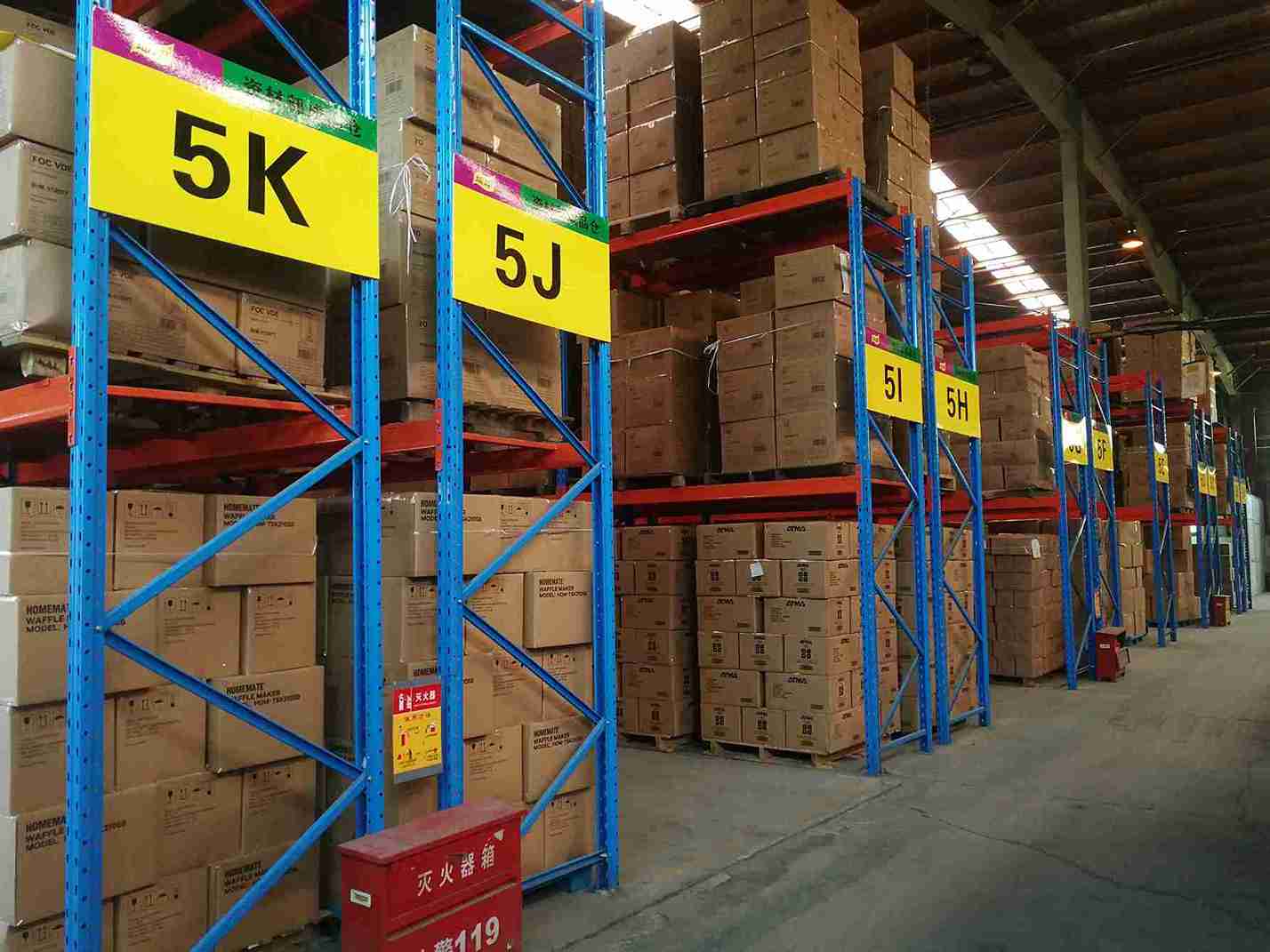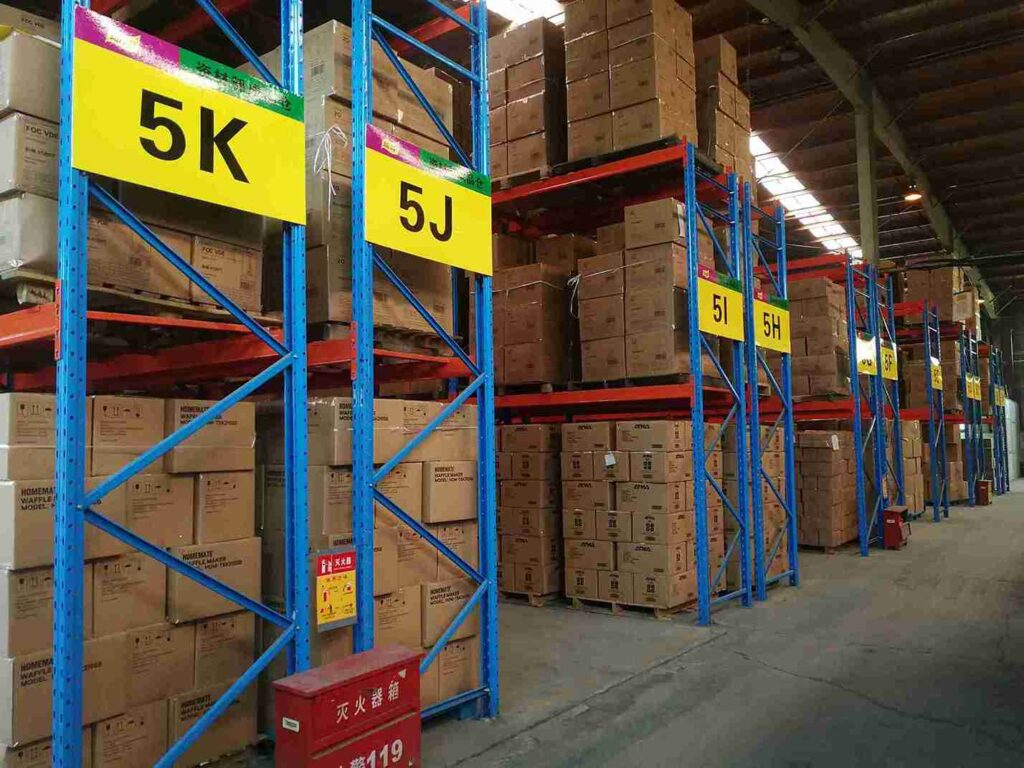📐 "First 50 Enterprise Queries Get Custom 3D Warehouse Design" Plan

<h2>Introduction: The Hidden Lever of Warehouse Efficiency</h2>
In high-performance warehousing, every second counts—and nowhere is this more evident than in the design and optimization of turnaround points in industrial racking. These critical junctures, where material handling equipment pivots between storage lanes, directly influence throughput rates, labor productivity, and operational costs.
Leading logistics operators report 15-25% gains in efficiency simply by reengineering their turnaround points in industrial racking systems. This comprehensive guide explores:
-
The physics of optimal turning radii for different equipment
-
Data-driven layout strategies for congestion-free workflows
-
How next-generation automation is redefining turnaround zones

<h2>The Science Behind High-Performance Turnaround Points in Industrial Racking</h2>
<h3>Biomechanics of Material Handling in Confined Spaces</h3>
The efficiency of turnaround points in industrial racking hinges on three physical constraints:
-
Forklift dynamics – Counterbalance vs. reach truck turning profiles
-
Load inertia – How pallet weight affects maneuverability
-
Surface friction – Concrete finishes vs. polyurethane-coated floors
Real-world application: A Midwest auto parts distributor reduced pallet retrieval times by 18% after resurfacing turnaround zones with high-traction coatings.
<h3>Ergonomic Considerations for Operator Fatigue Reduction</h3>
Poorly designed turnaround points in industrial racking contribute to:
-
Repetitive stress injuries from constant wheel adjustments
-
Cognitive overload in complex turning sequences
Solution: Implement color-coded turning templates based on equipment type (see Fig. 1).
<h2>System-Specific Optimization of Turnaround Points in Industrial Racking</h2>
<h3>1. Narrow-Aisle Racking: Precision Turning Protocols</h3>
For facilities using narrow-aisle (NA) racking, turnaround points in industrial racking require:
-
Laser-guided steering systems (accuracy within ±1cm)
-
Dynamic load sensors to prevent tip-overs during tight turns
Case study: A pharmaceutical cold storage facility achieved 99.7% turning accuracy after installing gyroscopic stabilization on their turret trucks.
<h3>2. Drive-In Racking: Sequential Turn Strategies</h3>
The turnaround points in industrial racking for drive-in systems demand:
-
Staggered entry/exit timing to prevent gridlock
-
Load-depth sequencing algorithms to minimize empty runs
Pro tip: Use RFID-tagged pallets to automate turnaround prioritization.
<h2>The Automation Revolution in Turnaround Points in Industrial Racking</h2>
<h3>Autonomous Mobile Robots (AMRs): Self-Optimizing Turn Paths</h3>
Modern AMRs continuously refine their approach to turnaround points in industrial racking through:
-
3D spatial mapping of racking contours
-
Machine learning-based traffic prediction
Benchmark data: Companies using Seegrid AMRs report 22% fewer turn-related incidents versus manual operations.
<h3>Digital Twin Technology: Virtual Stress Testing</h3>
Advanced warehouses now simulate turnaround points in industrial racking using:
-
Computational fluid dynamics (CFD) for traffic flow modeling
-
Wear pattern forecasting for preventive maintenance
<h2>Global Standards for Turnaround Points in Industrial Racking</h2>
<h3>ISO 22915 Compliance Framework</h3>
The international standard specifies:
-
Minimum clearance margins for various equipment classes
-
Lighting requirements for low-visibility turnaround zones
<h3>ANSI/ITSDF B56.1 Safety Protocols</h3>
Mandates for turnaround points in industrial racking include:
-
Audible warning systems for blind turns
-
Emergency brake response times
<h2>Emerging Technologies Reshaping Turnaround Points in Industrial Racking</h2>
<h3>5G-Enabled Smart Floors</h3>
Next-gen facilities embed:
-
Pressure-sensitive flooring to detect turn hesitation
-
Dynamic LED pathing that adjusts in real-time
<h3>Haptic Feedback Steering Systems</h3>
Vibration-alert systems warn operators about:
-
Approaching turn radius limits
-
Potential load shifts during direction changes
<h2>Implementation Roadmap: Optimizing Your Turnaround Points in Industrial Racking</h2>
<h3>Phase 1: Current State Analysis</h3>
-
Thermal mapping of high-friction turnaround zones
-
Time-motion studies of pivot sequences
<h3>Phase 2: Prototype Testing</h3>
-
Virtual reality walkthroughs for operator feedback
-
Small-scale mockups with adjustable racking
<h3>Phase 3: Full Deployment</h3>
-
Gradual rollout with KPI monitoring
-
Ongoing AI refinement of turn patterns
<h2>Conclusion: The Future Belongs to Intelligent Turnaround Points in Industrial Racking</h2>
As warehouse operations face growing demands, mastery of turnaround points in industrial racking emerges as the differentiator between market leaders and laggards. The integration of IoT sensors, predictive analytics, and adaptive robotics is transforming these once-static zones into dynamic efficiency engines.
<h2>FAQs: Expert Insights on Turnaround Points in Industrial Racking</h2>
1. How do seasonal inventory fluctuations impact turnaround point design?
Peak seasons may require modular racking extensions with temporary turnaround lanes.
2. What’s the ROI timeframe for automating turnaround zones?
Most operations see payback within 14-18 months through labor savings.
3. Can existing warehouses retrofit smart turnaround points?
Yes, bolt-on sensor packages can upgrade conventional racking.
4. How do cold storage facilities special-case turnaround points?
They require low-temperature lubricants and frost-resistant floor markings.
5. What metrics best track turnaround point performance?
Monitor pallets turned per hour and energy consumption per turn.




